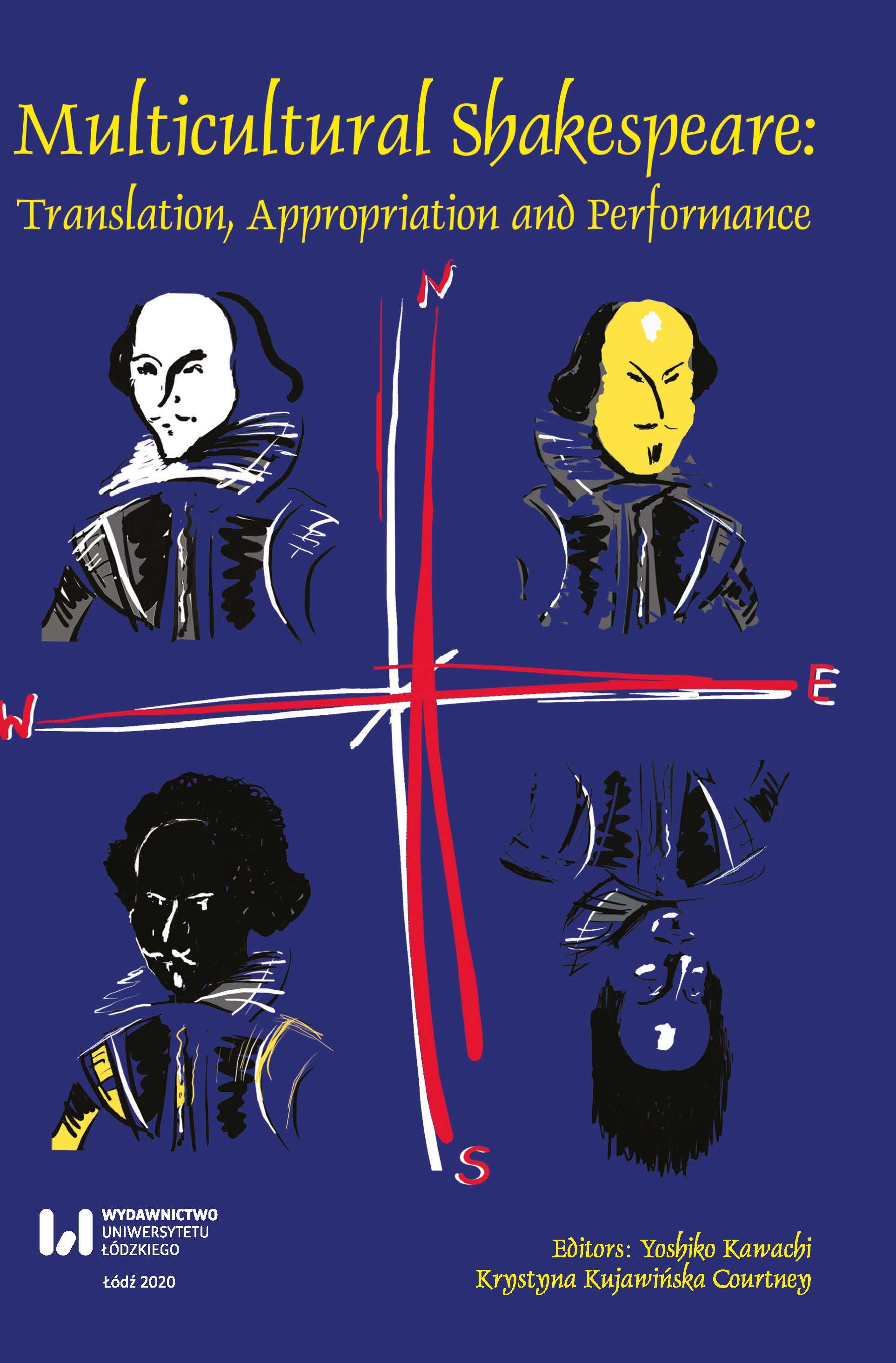Arboreal Tradition and Subversion: An Ecocritical Reading of Shakespeare’s Portrayal of Trees, Woods and Forests
Arboreal Tradition and Subversion: An Ecocritical Reading of Shakespeare’s Portrayal of Trees, Woods and Forests
Author(s): Andoni Cossio, Martin SimonsonSubject(s): Theatre, Dance, Performing Arts
Published by: Wydawnictwo Uniwersytetu Łódzkiego
Keywords: Shakespeare;trees;woods;forests;ecocriticism;tradition;subversion;
Summary/Abstract: This paper analyses from an ecocritical standpoint the role of trees, woods and forests and their symbolism in William Shakespeare’s Hamlet, Macbeth, The Merchant of Venice, The Merry Wives of Windsor, A Midsummer Night’s Dream, Richard II and The Tempest. The analysis begins with an outline of the representation of trees on stage to continue with a ‘close reading’ of the mentioned plays, clearly distinguishing individual trees from woods and forests. Individual types of trees may represent death, sadness, sorcery and premonitions, or serve as meeting places, while forests and woods are frequently portrayed as settings which create an atmosphere of confusion, false appearances, danger and magic. This reflects a long-standing historical connection between trees and forests and the supernatural in literature and culture. However, while individual trees largely reflect traditional symbology, conventional interpretations are often subverted in Shakespeare’s treatment of forests and woods. From all this we may infer that Shakespeare was not only familiar with the traditions associated to individual tree species and forests in general, but also that he made conscious and active use of these in order to enhance the meaning of an action, reinforce character traits, further the plot and create a specific atmosphere. More subtly, the collective arboreal environments can also be interpreted as spaces in which superstitions and older societal models are questioned in favour of a more rational and reasonable understanding of the world.
Journal: Multicultural Shakespeare: Translation, Appropriation and Performance
- Issue Year: 21/2020
- Issue No: 1
- Page Range: 85-97
- Page Count: 13
- Language: English

